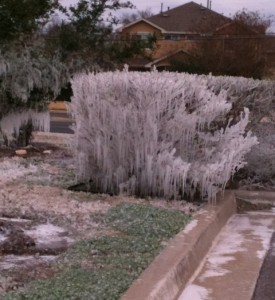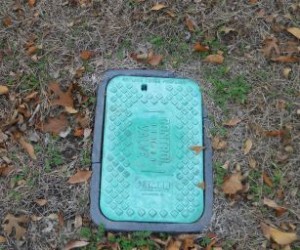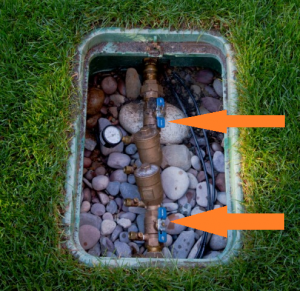I’ve  started hearing the question: “how much to I water the lawn in the winter?” from the newly moved here Texans; of course, the answer depends on who you talk to! As you know, the winter months are a great time to cut back on water use, reduce water bills, and make sure things are running properly and efficiently at your property. Winter is ideal, because during these cooler months, your irrigation system doesn’t need to run as often, or at all, and many utilities use the average of the winter water consumption to determine the wastewater charges for the rest of the year.
started hearing the question: “how much to I water the lawn in the winter?” from the newly moved here Texans; of course, the answer depends on who you talk to! As you know, the winter months are a great time to cut back on water use, reduce water bills, and make sure things are running properly and efficiently at your property. Winter is ideal, because during these cooler months, your irrigation system doesn’t need to run as often, or at all, and many utilities use the average of the winter water consumption to determine the wastewater charges for the rest of the year.
Central Texas doesn’t typically have the long, hard freezes that more common to the northern areas of the state and country, so often “winterizing” the irrigation system isn’t as a necessity as it is where freezes are more prolonged. In our region, the most valuable adjustment you can make is to reduce the watering schedule or simply turn off the irrigation controller during the winter months. Because the temperatures are cooler, less water is lost to evaporation and transpiration and plants simply do not need as much to replenish what is lost.
In addition to cooler temperatures, winter is typically our rainy season too, so it’s best to take advantage of the free, nitrogen-rich rainfall. During normal winter conditions, the irrigation doesn’t need to be turned on more than once per month, if at all.
If you DO want to turn it off completely and winterize your system as a precaution and to ensure water savings, there are a few quick steps to take, or call a licensed irrigator to do it for you.
- First locate the backflow prevention device or the main valve to the sprinkler system. Both are usually located very close to the water meter. The backflow is located in a box that typically has a green, rectangular, plastic lid. See the picture on the right.
- Next, turn the water off to the system at the backflow device. Do this by opening up the green lid and turning one of the handles so that it is perpendicular to the metal device. In the picture, the handles of the backflow are blue. The arrows are pointing to the handles. It’s not necessary to turn them both, just one will be fine.
- Then manually run each station for a minute or less to blow the rest of the water in the lines out; this eliminates the chance of any residual water freezing in the lines and causing pipe breaks or cracks.

4. Turn the system controller off when all the stations have run and leave the system off for the duration of the winter.
Again, this type of winterizing is not always necessary here, due to the lack of long, hard freezes; however if your irrigation system isn’t going to be used all winter, it certainly is worth the time to turn it off and clean the lines out.


